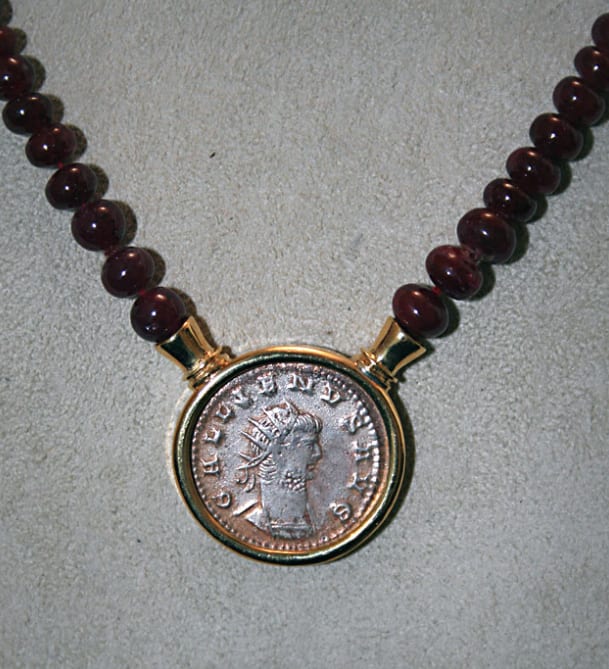Kongo Wooden Mvwala Chief's Staff, 20th Century CE
Wood
40
PF.3900
The chief's staff, like the scepter, is called 'mvwala' and is an important symbol of authority. Sometimes the staff is given to a messenger to confirm the chief's mandate. The...
The chief's staff, like the scepter, is called "mvwala" and is an important symbol of authority. Sometimes the staff is given to a messenger to confirm the chief's mandate.
The female figure surmounting this staff is called a "pfemba". The headdress with its triangle motif around a central crown is that of a chief.
The head is a good example of Yombe realism: inlaid eyes (now missing the glass inserts), a flat nose, thick lips revealing filed teeth, abundant scarification and a collar indicating a high rank in society. The posture with one knee on the ground is the customary position of intervention in a discussion.
Particularly apparent in this figure is the carver's use of descending perspective: the head, the trunk, and the lower limbs occupy less and less space in relation to their normal proportion. This demonstrates the major importance given to the head and upper portion of the body in Yombe art, and in the general African scale of values.
The female figure surmounting this staff is called a "pfemba". The headdress with its triangle motif around a central crown is that of a chief.
The head is a good example of Yombe realism: inlaid eyes (now missing the glass inserts), a flat nose, thick lips revealing filed teeth, abundant scarification and a collar indicating a high rank in society. The posture with one knee on the ground is the customary position of intervention in a discussion.
Particularly apparent in this figure is the carver's use of descending perspective: the head, the trunk, and the lower limbs occupy less and less space in relation to their normal proportion. This demonstrates the major importance given to the head and upper portion of the body in Yombe art, and in the general African scale of values.
